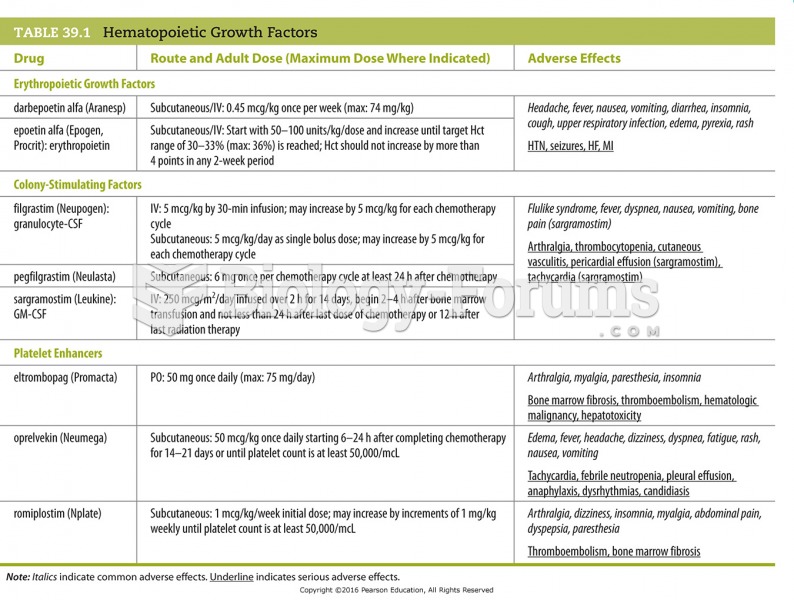|
|
|
Earwax has antimicrobial properties that reduce the viability of bacteria and fungus in the human ear.
According to animal studies, the typical American diet is damaging to the liver and may result in allergies, low energy, digestive problems, and a lack of ability to detoxify harmful substances.
More than 30% of American adults, and about 12% of children utilize health care approaches that were developed outside of conventional medicine.
Medication errors are three times higher among children and infants than with adults.
A strange skin disease referred to as Morgellons has occurred in the southern United States and in California. Symptoms include slowly healing sores, joint pain, persistent fatigue, and a sensation of things crawling through the skin. Another symptom is strange-looking, threadlike extrusions coming out of the skin.







